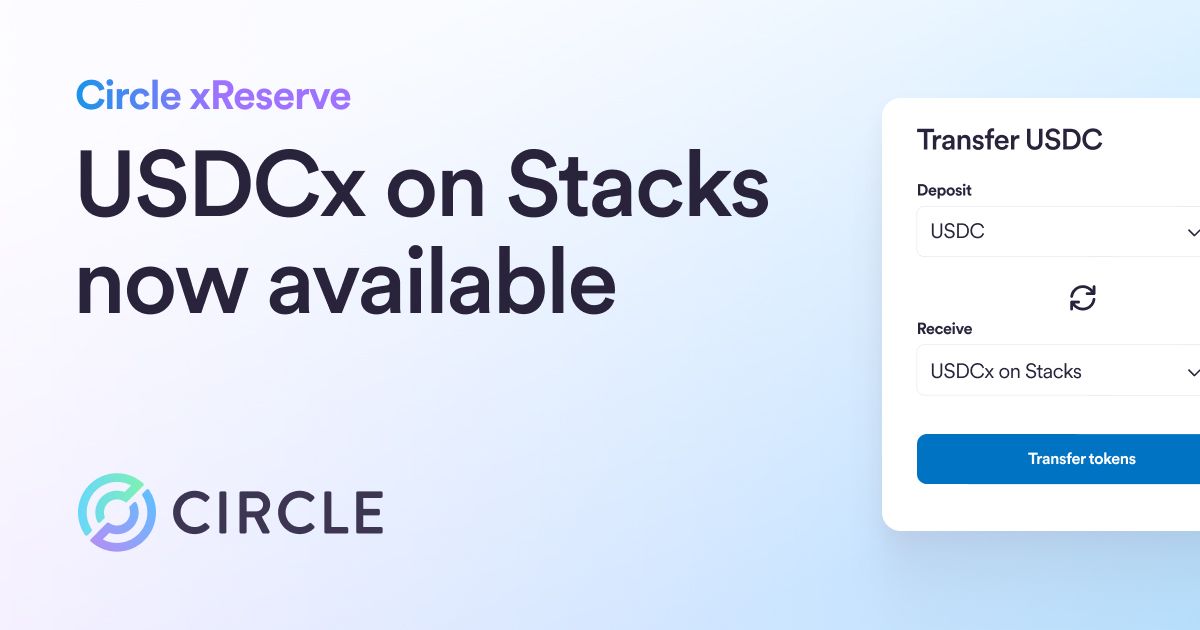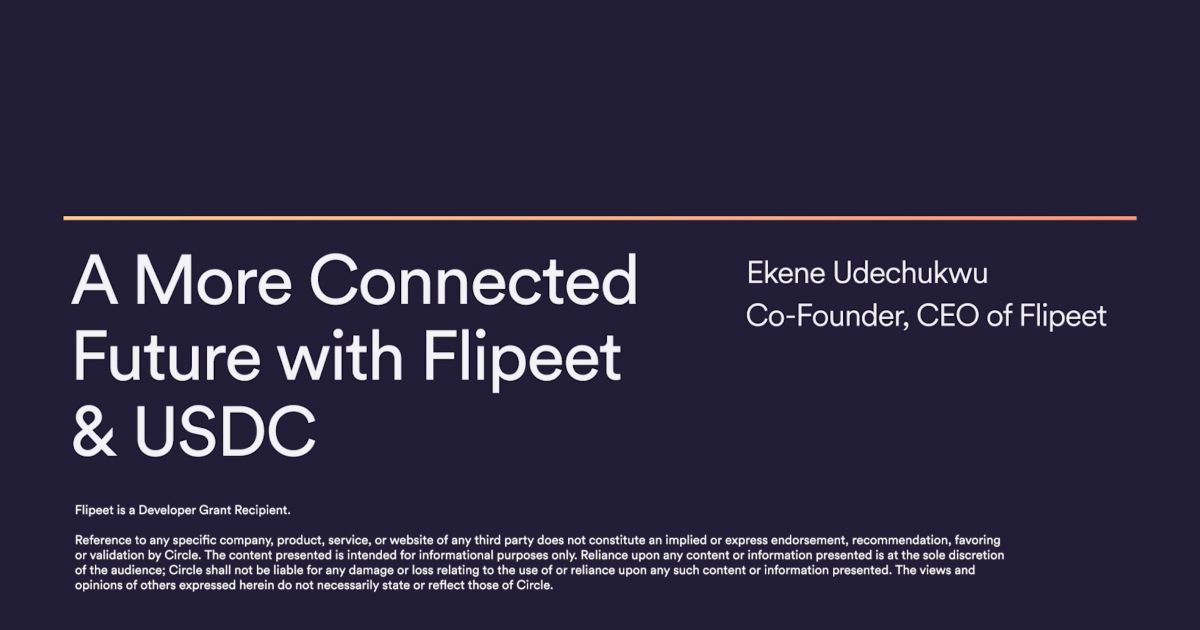Jeremy Allaire recaps his experience at Davos 2020 and how stablecoins are moving into the acceptance phase. Learn more!

The recent convening of the 50th Annual World Economic Forum in Davos, Switzerland brought significantly more attention to digital currency, marking a dramatic shift in my view in how seriously the world’s economic leaders are taking crypto currency and blockchains. Having watched industry and policy leaders react and engage with crypto over the past 7 years, I can say without a doubt that we are moving into the `acceptance’ phase. Things are about to get really interesting.
Engagement on Stablecoins and CBDC
Throughout a range of public and private sessions convened inside the Forum, the discussion centered on global stablecoins and models of digital currency backed by central bank money. In meetings I held with supra-national policymakers, treasury and central bank heads, there was intense interest in learning and in mapping out policy responses.
The engagement on this at Davos has been driven by the continued and inexorable rise of public blockchains and stablecoins built on them, the announcement and proposal of Libra, and the accelerated launch of China’s new central bank digital currency, CDEP.
Unsurprisingly, there are distinctly different reactions and thoughts on the road ahead from different “camps” within the global economic and monetary system.
- Global policy bodies such as the IMF, G20/FSB the Group of Thirty and others seem ready and willing to engage with the reality of both public chains and stablecoins as well as central bank issued and operated digital currency schemes. They also seem very open to the need for intense public-private partnership work.
- Traditional global commercial banks seem to still be in somewhat of a collective denial, arguing that digital currency doesn’t really solve any problem, that our payment systems work, and that we should just leave it to them to keep doing what they’re doing.
- Established global payment systems operators and large fintech payment players seem more open to the idea that this technology is here to stay and that they need to start thinking about how it will integrate with and/or impact their existing centralized schemes.
- Central bank leaders and economic ministers likewise seem more open minded than ever before, and you can see this reflected in the recent Bank of International Settlements survey on CBDC. The reactions are twofold: 1) acceptance that global stablecoins are here and coming and need supervision and policy standards, and 2) genuine inquiry as to whether central banks themselves should step into the operation of digital currency schemes.
- Crypto and stablecoin leaders were clearly expressing the view that the power of open networks and permissionless innovation combined with clear regulatory policy that addresses key societal risks offers the best path forward. Emphasis was on not losing sight of the immense value that comes from global interoperability, trustless computation and transaction processing on public chains, and tapping the energy and power of the global community building cryptoland.
Acceptance is Upon Us
As noted, this year’s Davos marked what I believe is a watershed moment in the ultimate acceptance of cryptocurrency and public blockchains. There is much less collective denial, and much more willingness to accept and engage on the real technology and policy issues that are being raised by our industry.
Specifically, I believe we are seeing acceptance of:
- Public Chains. The debate between ‘Private Blockchains’ and ‘DLTs’ vs. ‘Public Blockchains’ is somewhat coming to an end. The answer is that we’ll have both, and that increasingly leaders understand that public chains are like the internet, and are critical and valuable to society and the economy at large. Curiosity about 3rd generation public blockchains is at an all time high. From a markets perspective, I think this bodes very well for digital commodities that power and secure leading 3rd generation public chains.
- Global Stablecoins. Given the rise of stablecoins such as USDC and Tether, the announcement of Libra, and proposal for CBDC that can run over open software networks, there appears to be general acceptance that stablecoins are here to stay and will grow in usage and importance. The real questions are around policy and regulatory implications, which will play out over the next 1–2 years.
- Bitcoin. While there was little talk about Bitcoin, what talk there was conveyed a strong sense of acceptance. Policy makers and economic leaders now acknowledge Bitcoin as a legitimate new digital commodity, are already or plan to regulate it as such, but the past hostility has abated. Even major economic ministers of extremely large economies commented that they had no problem if you want to buy, sell, trade or hold Bitcoin, as long as you do it through regulated intermediaries who are meeting their AML/CFT obligations. For Bitcoin Bulls, I think this increasing acceptance is a very positive bull signal.
Optimism and the Road Ahead
At Davos, new levels of engagement and conversation were meaningfully kicked off. Indeed, to his credit, World Economic Forum Founder and Executive Chairman, Professor Klaus Schwab, convened a consortium of public sector and private sector actors spanning leading central banks, supra-national economic policy bodies, industry leaders and major stablecoin projects to work on standards for governance for global digital currency. As the preeminent multi-stakeholder platform in the world, it is significant and symbolic that the Forum is convening world leaders to embrace, understand and chart a course for the global adoption of digital currency.
This consortium will continue its work over the coming years, helping to forge a path for public sector and private sector collaboration, and helping to unleash the incredible potential for global digital currency and blockchains to transform our the global economic system. Supporting this engagement, I published a paper on these themes concurrently with Davos — Stablecoins, Global Digital Currency and the Future of the International Monetary System.
Having begun this journey 7 years ago, I imagined that digital currency would reach these heights of the economic system, but to see it emerge gives me great optimism for what we can accomplish in the coming decade.
Jeremy Allaire




